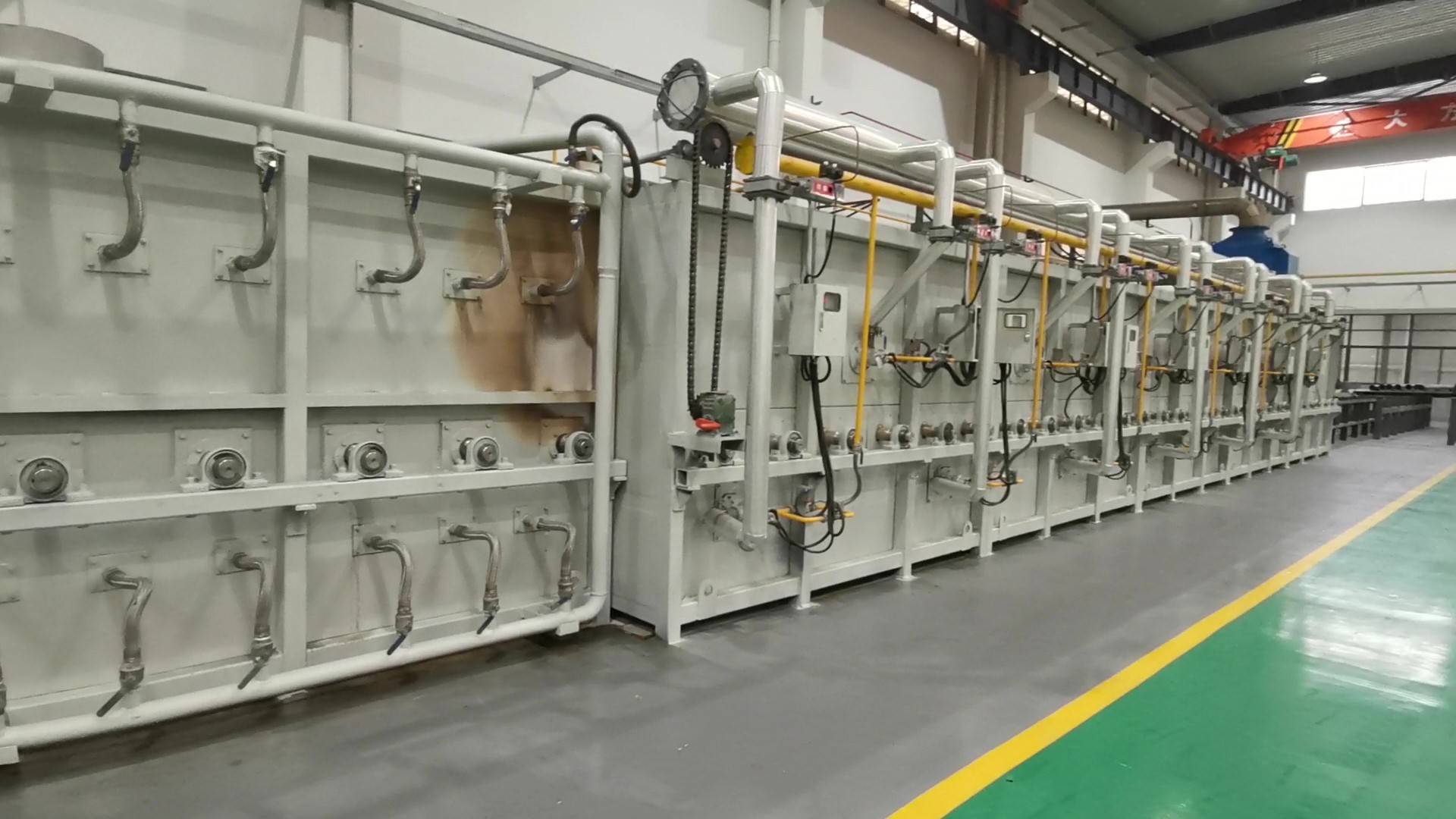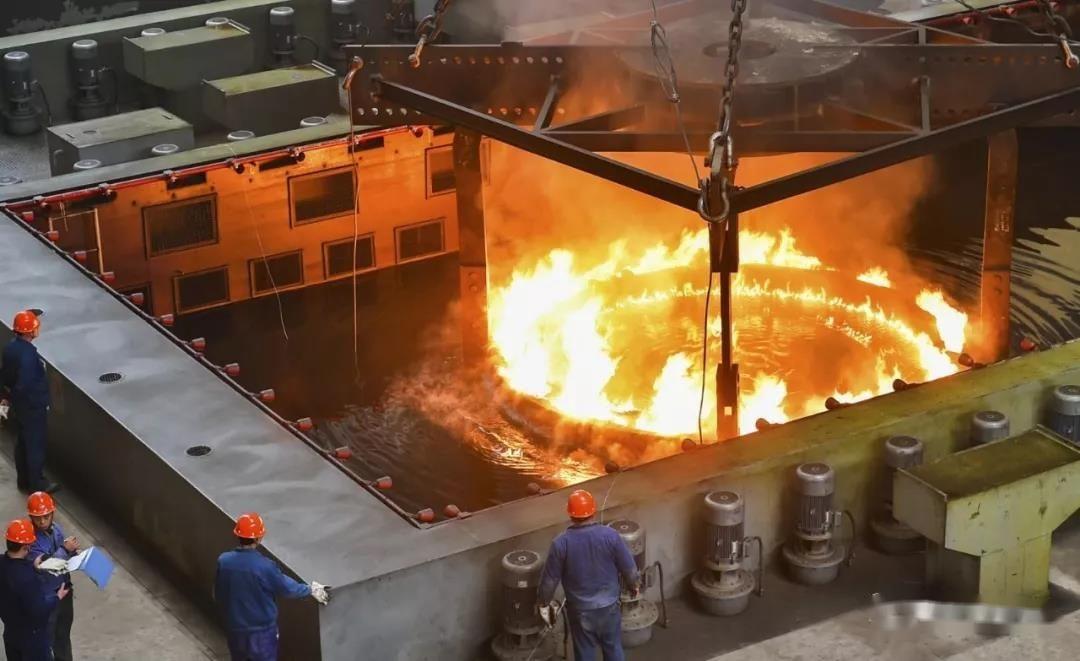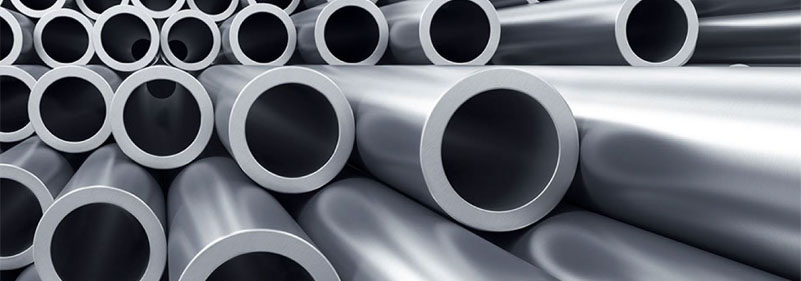Why should steel pipes be heat treated?
The function of heat treatment is to improve the material mechanical properties of steel pipe, eliminate residual stress and improve its cutting performance.
According to different purposes of heat treatment, heat treatment process can be divided into two categories: preliminary heat treatment and final heat treatment.
1. Preliminary heat treatment
The purpose of preliminary heat treatment is to improve the machinability, eliminate the internal stress and prepare a good metallographic structure for the final heat treatment. Its heat treatment processes include annealing, normalizing, aging, quenching and tempering, etc.
(1) Annealing and Normalizing
Annealing and normalizing are used for hot worked blanks. For carbon steel and alloy steel with carbon content greater than 0.5%, annealing treatment is often used to reduce its hardness and easy to cut; For carbon steel and alloy steel with carbon content less than 0.5%, normalizing treatment is adopted in order to avoid sticking the tool during cutting. It is often arranged after blank manufacturing and before rough machining.

(2) Aging treatment
Aging treatment is mainly used to eliminate the internal stress produced in blank manufacturing and machining.
In order to avoid excessive transportation workload, for parts with general accuracy, an aging treatment can be arranged before finishing. However, for parts with high accuracy requirements, two or more aging treatment processes shall be arranged. Aging treatment is generally not required for simple parts.
(3) Conditioning
Quenching and tempering refers to the high-temperature tempering treatment after quenching. It can obtain uniform and fine tempered sorbite structure and prepare for reducing deformation during surface quenching and nitriding treatment in the future. Therefore, quenching and tempering can also be used as preliminary heat treatment.
2. Final heat treatment
The purpose of final heat treatment is to improve mechanical properties such as hardness, wear resistance and strength.
(1)Quenching
Quenching includes surface quenching and integral quenching. Among them, surface quenching is widely used because of its small deformation, oxidation and decarburization. Moreover, surface quenching also has the advantages of high external strength, good wear resistance, good internal toughness and strong impact resistance.

(2) Carburizing Quenching
Carburizing and quenching is applicable to low carbon steel and low alloy steel. Firstly, increase the carbon content of the surface layer of the parts, and obtain high hardness after quenching, while the core still maintains a certain strength and high toughness and plasticity.
(3) Nitriding Treatment
Nitriding is a treatment method to make nitrogen atoms penetrate into the metal surface to obtain a layer of nitrogen-containing compounds. Nitriding layer can improve the hardness, wear resistance, fatigue strength and corrosion resistance of parts. As the nitriding treatment temperature is low, the deformation is small, and the nitriding layer is thin (generally no more than 0.6 ~ 0.7mm), the nitriding process should be arranged as late as possible. In order to reduce the deformation during nitriding, high-temperature tempering to eliminate stress is generally required after cutting.

 English
English 中 文
中 文 Español
Español Português
Português Deutsch
Deutsch Türk
Türk Pусский
Pусский عربي
عربي 한국인
한국인 日本語
日本語
